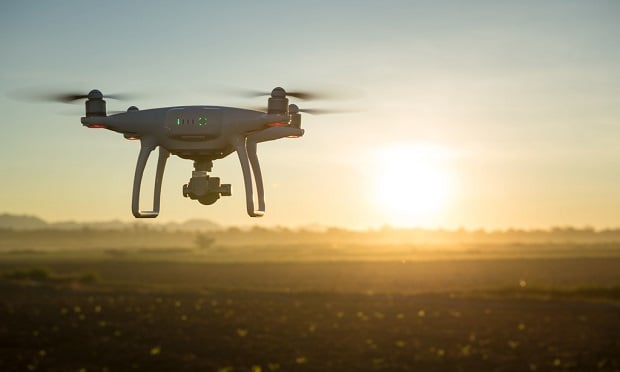 The insurance industry can anticipate even more technology to enhance safety, reduce costs, and get families back on their feet faster after disaster strikes. (Photo: Shutterstock)
The insurance industry can anticipate even more technology to enhance safety, reduce costs, and get families back on their feet faster after disaster strikes. (Photo: Shutterstock)
Over the past decade technology has become increasingly interwoven into our daily lives and work. Back in 2010, tablets, battery-powered cars, augmented reality, smartwatches, consumer drones and smart speakers were hard to imagine.
To say technology has transformed throughout the decade is an understatement.
|Drones transform claims
The same could be said of how technology has impacted the insurance industry in the 2010s. It has has enhanced how damage is assessed and claims are adjusted. Aerial imagery and data-capture by drones is now one of the quickest and safest ways insurance companies can estimate structural damage and determine the appropriate claim. Over the course of the last decade, drones have helped reduce the claims adjustment period from 11 days to 5 or 6, almost cutting the time in half.
Recommended For You
Want to continue reading?
Become a Free PropertyCasualty360 Digital Reader
Your access to unlimited PropertyCasualty360 content isn’t changing.
Once you are an ALM digital member, you’ll receive:
- Breaking insurance news and analysis, on-site and via our newsletters and custom alerts
- Weekly Insurance Speak podcast featuring exclusive interviews with industry leaders
- Educational webcasts, white papers, and ebooks from industry thought leaders
- Critical converage of the employee benefits and financial advisory markets on our other ALM sites, BenefitsPRO and ThinkAdvisor
Already have an account? Sign In Now
© Touchpoint Markets, All Rights Reserved. Request academic re-use from www.copyright.com. All other uses, submit a request to [email protected]. For more inforrmation visit Asset & Logo Licensing.







